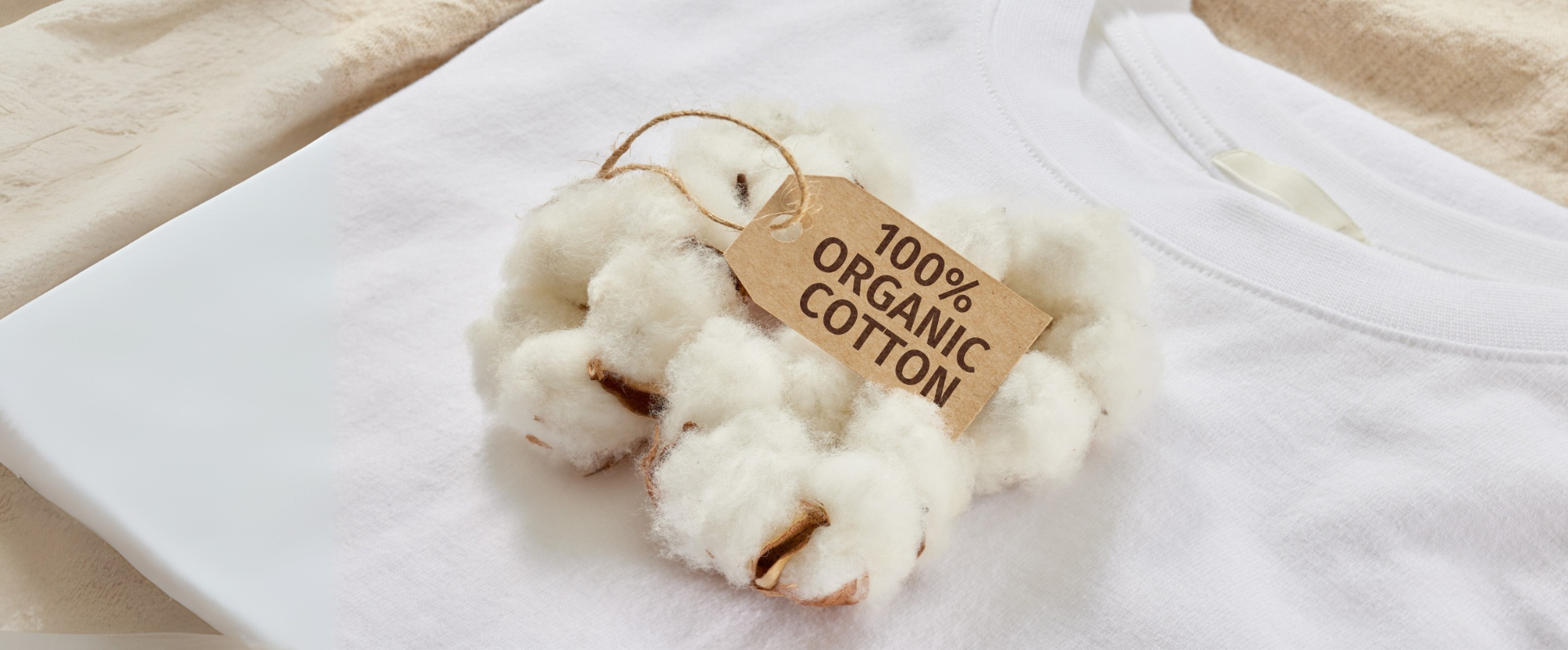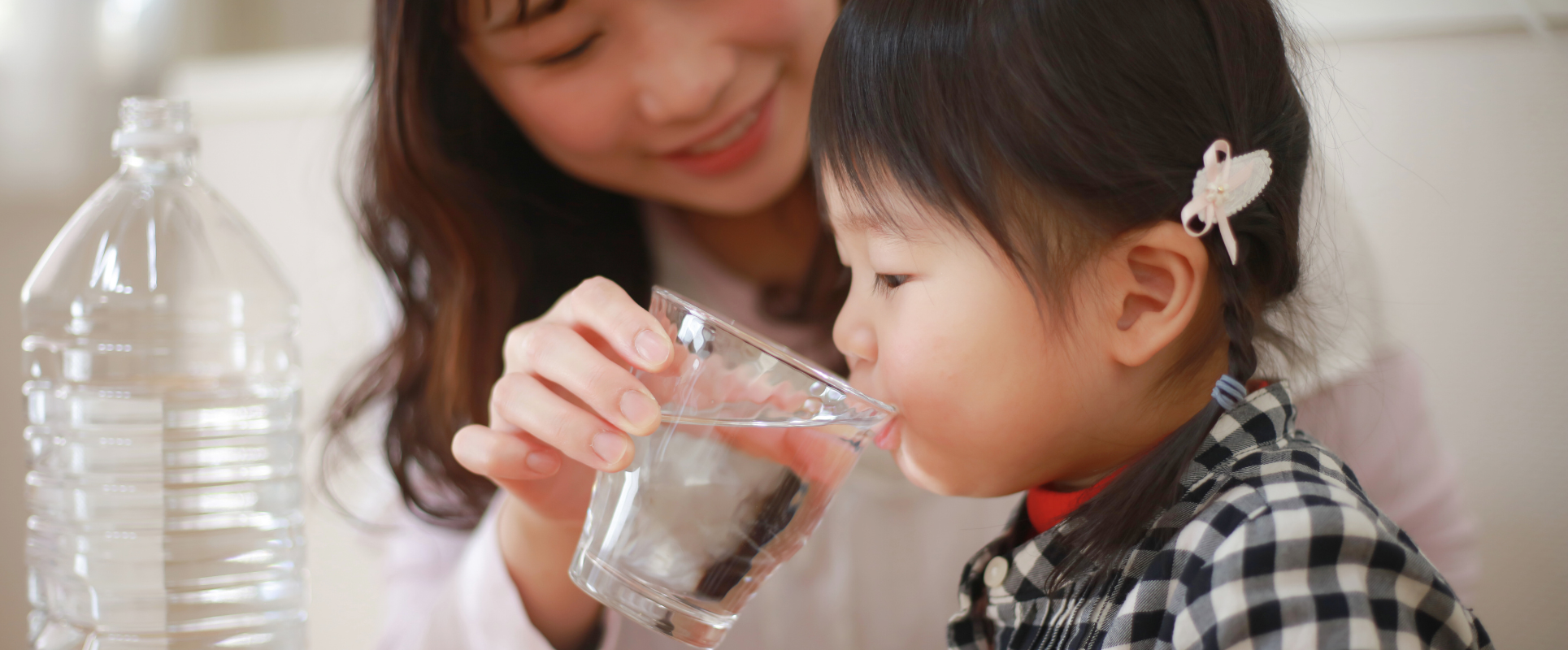
How to Choose Organic Cotton Clothing for Sensitive Skin
Sensitive skin — whether prone to eczema, dermatitis, rashes or general irritation —demands thoughtful choices when it comes to clothing. Fabrics worn close to the body play a significant role in comfort, skin health and even quality of life. Organic cotton stands out for its softness, breathability and chemical-free nature, offering a safer, gentler alternative to conventional textiles.
Why Organic Cotton Is Better for Sensitive Skin
1. Hypoallergenic & Chemical-Free:
Organic cotton is cultivated without synthetic pesticides, fertilizers or harsh dyes. As a result, fabrics are far less likely to carry residues that irritate skin
2. Soft, Breathable and Moisture-Wicking:
Organic cotton fibers, especially when combed, are smoother and softer, effectively reducing friction and chafing. Additionally, their breathability helps regulate temperature and wick away moisture, preventing rashes and sweat-related irritation.
3. Supports Skin Healing & Reduces Allergic Reactions:
By avoiding toxic chemicals like formaldehyde or heavy metals, organic cotton is less likely to trigger eczema, dermatitis or skin flare-ups.
4. Sustainable & Trust-Building:
Organic cotton farming reduces environmental impact, lowers water usage and avoids harmful agrochemicals — benefits that support long-term wellness and ethical values. Certifications like GOTS (Global Organic Textile Standard), OEKO-TEX and Oeko-Tex “Made in Green” further ensure transparency and safety in production.
How to Choose The Right Organic Cotton Clothing: A Step-by-Step Guide
-
Look for Trusted Certifications
Choose garments labeled with GOTS, OEKO-TEX Standard 100 or Oeko-Tex “Made in Green” for verified chemical safety and ethical production standards. -
Prefer 100% Organic Cotton
While blends may exist, pure organic cotton guarantees maximum hypoallergenic benefits — blended fabrics may introduce synthetic irritants. -
Opt for Natural Colors & Gentle Dyes
Avoid bright or synthetically dyed fabrics, which can indicate the use of harsh chemicals. Instead, look for muted, low-impact or naturally colored options. -
Test New Garments Before Commitment
Try affordable basics (like tank tops or tees) before investing—this helps you assess comfort and fit while minimizing waste. -
Wash Before Wearing
Pre-washing new clothes with fragrance-free, dye-free detergent removes residual manufacturing chemicals or irritants like formaldehyde. -
Prioritize Fabric Construction & Fit
Look for combed organic cotton, smooth weaves and seamless or tagless designs to minimize internal friction. -
Look for Real-World Testimonials
Reviews from people with sensitive skin often highlight organic cotton’s relief.
Summary Table: Quick Reference
|
Step |
What to Look For |
Why It Matters |
|---|---|---|
|
Certifications |
GOTS, OEKO-TEX, Made in Green |
Verified safety & ethical production |
|
Fabric Content |
100% organic cotton |
Maximum hypoallergenic benefits |
|
Dyes & Colors |
Natural, low-impact |
Fewer irritating chemicals |
|
Fabric Softness |
Combed, smooth weave |
Reduces friction and chafing |
|
Pre-wash Garments |
Fragrance/dye-free detergent |
Removes residual irritants |
|
Fit & Design |
Tagless, minimal seams |
Enhances comfort for reactive skin |
|
Real Feedback |
Reviews from sensitive-skin users |
Evidence of efficacy |
References
-
Sigrid Olsen – The Benefits of Organic Cotton Clothing for Sensitive Skin
Explains softness, breathability, and reduced chemical exposure benefits https://www.sigridolsen.com/blogs/the-textile-edit/the-benefits-of-organic-cotton-clothing-for-sensitive-skin?srsltid=AfmBOoow31gKeD7pvM6YrwZmVlU0EBMC1Bncc410X7ks9sh0Ip2MXnzm& -
Cottonique – Why Non-Toxic 100% Organic Cotton Clothing Is a Game Changer for Sensitive Skin
Highlights hypoallergenic properties and non-toxic production https://cottonique.com/blogs/blog/why-non-toxic-100-organic-cotton-clothing-is-a-game-changer-for-sensitive-skin?srsltid=AfmBOoqzV92t2djWkTmUyy7mWoc3zXS-LWz4AtPbsHkkn4JGwS4ZfiMM& -
Eczema Clothing Blog – Why Natural Fabrics Are Good for Sensitive Skin and Eczema
Details softness, breathability, and sustainable fabric insights https://eczemaclothing.com/blogs/clothing-for-eczema/why-are-natural-fabrics-good-for-sensitive-skin-and-eczema -
Parents.com – Toxic Chemicals in Children’s Clothing & How to Go Natural
Advisory to choose natural, certified fibers to reduce chemical exposure https://www.parents.com/there-are-probably-toxins-in-your-child-s-clothing-here-s-what-you-need-to-know-7629291
FAQs
Q1: What makes organic cotton better for sensitive skin than regular cotton?
Organic cotton is grown and processed without synthetic pesticides, chemicals, or harsh dyes—leading to lower residue and a softer, hypoallergenic fabric that’s gentler on reactive skin.
Q2: How can I be sure a garment is truly organic and safe?
Look for trusted certifications such as GOTS, OEKO-TEX Standard 100, or Oeko-Tex “Made in Green”, which ensure chemical and environmental safety across the supply chain.
Q3: Is 100% organic cotton always necessary?
For maximum hypoallergenic benefit, yes. Blended fabrics may include synthetic fibers that reduce breathability and introduce potential irritants.
Q4: How should I care for organic cotton clothes to preserve their benefits?
Pre-wash with dye- and fragrance-free detergent to remove residual chemicals. Wash on gentle cycle, use low heat and avoid fabric softeners to maintain softness and safety.








